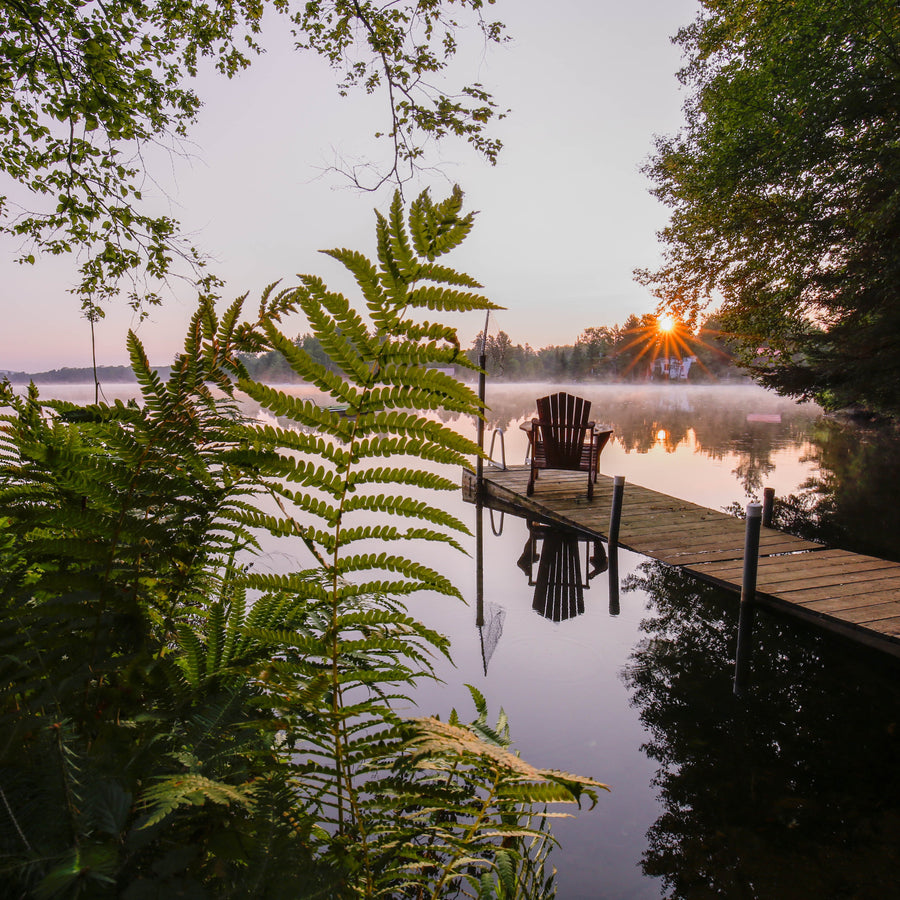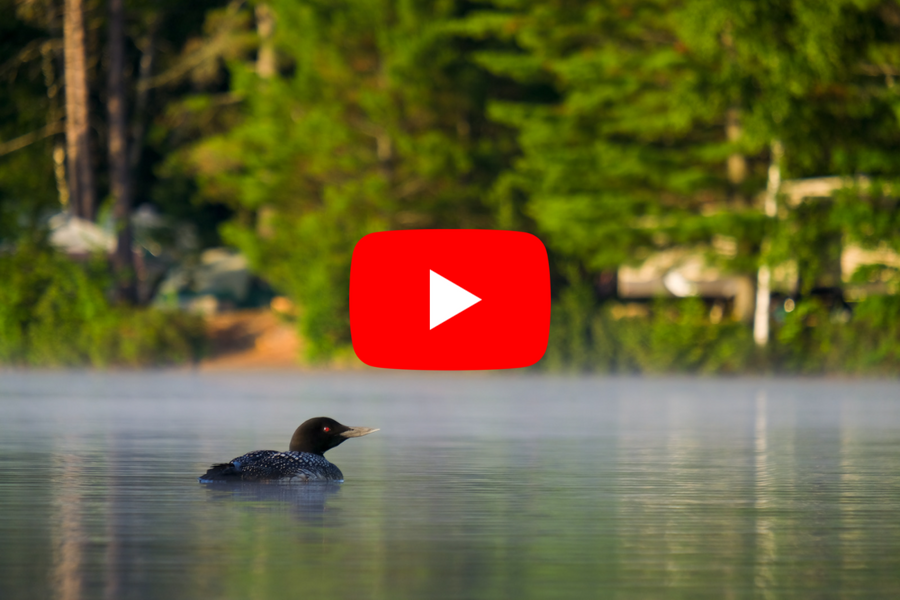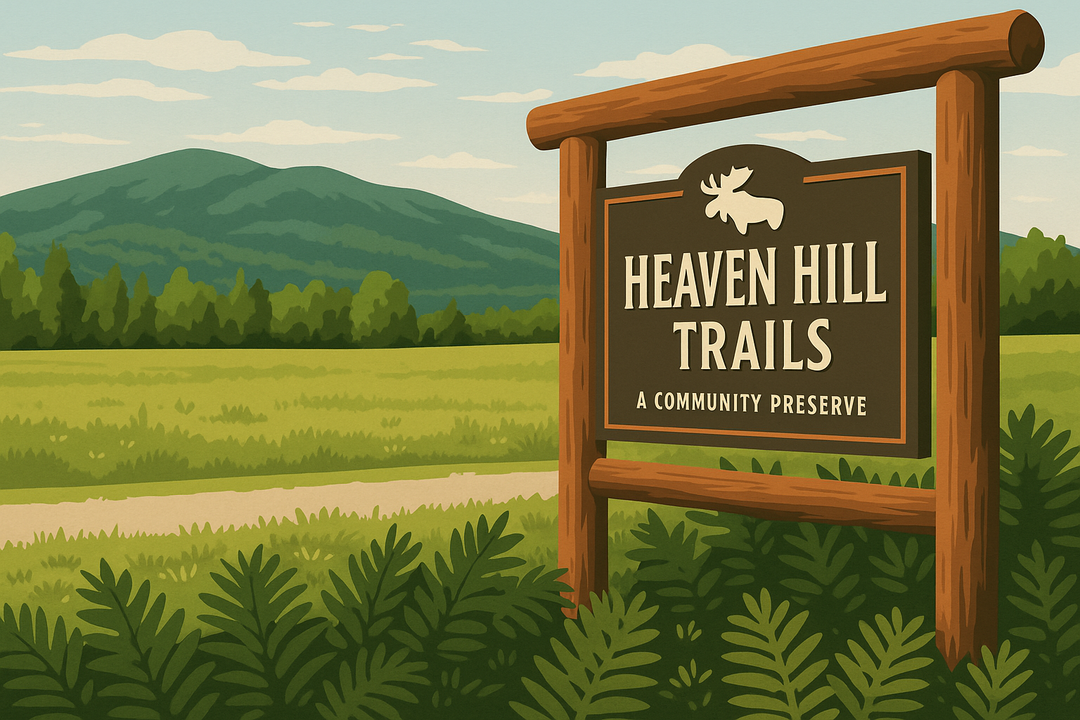Behind the Shot w/ Joey Priola

Photography Equipment: Canon 6D DSLR camera, Canon 16-35mm f/4L IS lens, Gitzo GT1532 Mountaineer carbon fiber tripod, Really Right Stuff BH-40 ball head, remote shutter release
Exposure Data:
- Exposure 1 (foreground): 1/200 sec. at f/11, ISO 400, 16mm
- Exposure 2 (midground/background): 1/200 sec. at f/11, ISO 400, 16mm
- Exposure 3 (sunstar and sky): 1/100 sec. at f/22, ISO 400, 16mm

The winter season has quickly become my favorite time of year for photography in the Adirondacks, and out of the seemingly endless array of subjects found in the mountains in winter, nothing is more captivating to me than when the hardy, stunted trees at treeline, known as krummholz, become caked with snow or rime ice.
Capturing a photo that highlighted this beacon of winter was my focus this mid-January day, when I headed out to Cascade for sunset. I arrived at the trailhead pullout around 1 PM, and whether it was the fact that the morning hikers had already gone home, not everyone got the holiday off, or most people didn’t feel like subjecting themselves to the -30 degree windchill that was forecasted, I was pleasantly surprised to find only a few other parked cars. I made haste towards the summit, wanting to allow myself some extra time to scout out the terrain before sunset, and had the trail largely to myself. One of the joys of winter climbing is watching the snow grow deeper and deeper as elevation is gained, and as the amount of snow built, so did my excitement.
After stopping to change into a dry base layer, my trusty Eddie Bauer Peak XV down jacket, a balaclava and ski goggles, I broke into the alpine zone. The wind was even stronger than I anticipated, and I was nearly knocked off my feet. Trying to scout out a creative composition while the simple act of staying warm and upright is a struggle was challenging to say the least, and after a while, it felt as if the fierce wind was blowing the inspiration right out of me. As I aimlessly looped around the summit, I found myself continually returning to a particular grove of ice-coated krummholz that was on the western edge of the summit area. The brilliant orange sunset light was perfectly illuminating the krummholz, and I was particularly drawn to the way the low-angled light brought out the intricate detail and texture of the rime. After testing out several different compositions while handholding the camera, I set up my tripod after settling on one that showcased the stunted trees in their hostile yet incredibly beautiful alpine environment, as they soaked up the evening sun and gazed out towards the Great Range on the horizon. The contrast between the warm glow of sunset and the ice-encrusted landscape was especially pleasing, and while it did little to warm my body, the bright sunshine warmed my heart and soul.
Capturing this photo presented several technical challenges that were exacerbated by the high winds. Upon zooming in at 10x after taking a test shot, my initial settings failed to freeze the motion of the krummholz swaying in the wind and was blurry. To decrease the exposure length in order to get the trees in focus, I bumped up the ISO, or sensitivity of the camera sensor to light, from 100 to 400, which allowed the exposure time to be shortened enough to freeze the krummholz without introducing excessive noise that can be an issue at higher ISO values.
Once the exposure was dialed in, the next obstacle to overcome was the depth of field. I wanted the entire photo to be sharp, which wasn’t possible given the close proximity of the foreground to the lens. To overcome this, I took one frame after focusing on the krummholz closest to the lens, and another focused on the more distant layer of trees that were farther from the lens, knowing that I would blend the two photos together in Photoshop to ensure the photo was tack-sharp from front to back.
The last piece of the technical puzzle in the field was the sun. Since the sky was clear, I wanted to create a “sunstar” effect with the sun in order to add visual interest to the sky and provide balance with the sunlit krummholz in the foreground. The aperture (f/11) that I used in the previous frames wasn’t yielding the effect that I desired, so I stopped the lens all the way down to f/22 to intensify the sunstar. Shooting into the sun can often result in unwanted flare and sunspots showing up in the image, so to combat this I hovered my hand above the lens to shield it as much as possible from the sun to minimize unwanted flare. When it was all said and done, what began as a somewhat frustrating photo outing ended up being one of the most productive evenings of photography I’ve ever had, and I ended up with numerous portfolio-worthy shots in addition to “Flamethrower.”
Once back in the warm and cozy confines of my apartment, the second phase of the creative process commenced: bringing the artistic vision to fruition in the digital darkroom. After making initial adjustments in Adobe Lightroom, I loaded the three images into Photoshop, and blended the first two together to attain maximal depth of field. After blending in the sunstar from the third exposure that was taken at an aperture of f/22, global and localized adjustments to the blended image could be made. After dialing in the overall contrast to my liking, I selectively burned/dodged (darkened/lightened) particular areas of the image to put an increased emphasis on the two main subjects of the photo: the sunlit krummholz and the warm glow radiating from the sun. Before long, the image resembled what I had envisioned, and in my mind the final product perfectly captures the essence and beauty of winter in the Adirondacks.
 JOEY PRIOLA is a photographer and scientist with a passion for exploring and photographing the Adirondacks with his wife and dog. More of his work can be found on his website, www.joeypriola.com, and on Instagram, @PriolaPhotography.
JOEY PRIOLA is a photographer and scientist with a passion for exploring and photographing the Adirondacks with his wife and dog. More of his work can be found on his website, www.joeypriola.com, and on Instagram, @PriolaPhotography.













